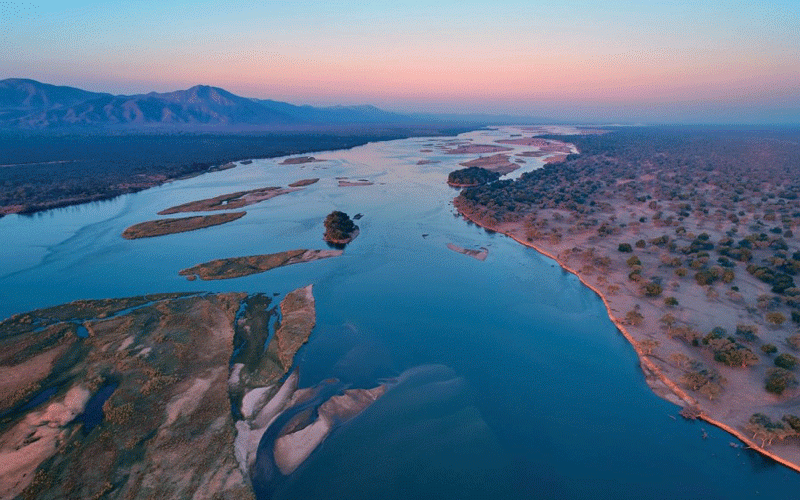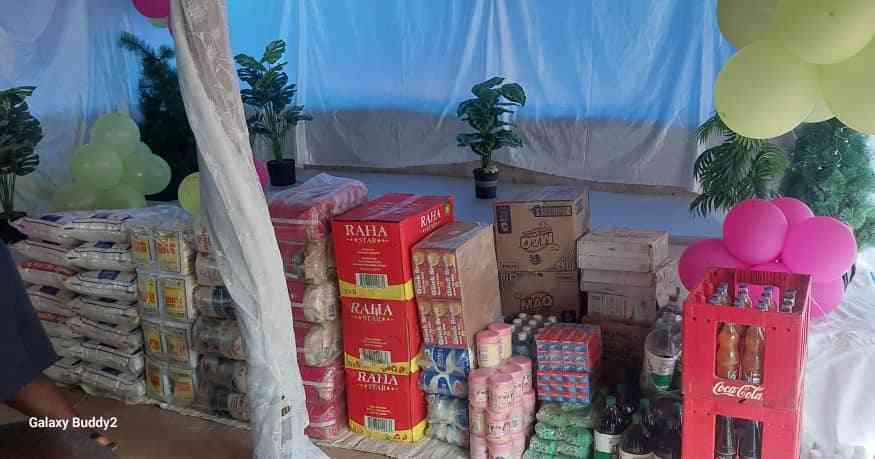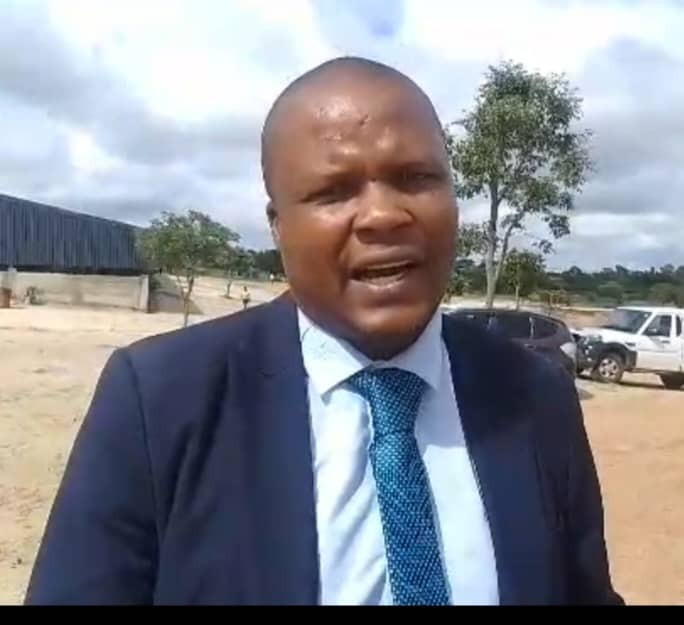
The governments of Zimbabwe and Zambia recently signed a memorandum of understanding (MoU) for the establishment of the Lower Zambezi-Mana Pools Transfrontier Conservation Area (LOZAMAPTFCA).
The MoU seeks among other things a better shared management of resources and associated challenges through a regionally integrated approach that seeks to encourage cooperation on protecting unique ecosystems unfettered by national boundaries.
In a joint communique released soon after the signing ceremony in the capital, Zimbabwean Environment, Climate, Tourism and Hospitality Industry minister Mangaliso Ndlovu and Rodney Malindi Sikumba, the Zambian Tourism minister reaffirmed their commitment and resolve to the successful development of the whole exercise.
The particular MOU will be based on the principle of sustainable use of natural resources meant to benefit both present and future generations as well as principles of good neighbourliness.
The agreement came at a time when this renowned heritage site has been in the news for all the wrong reasons where it was widely reported that a company had applied for petroleum and gas exploration licence around the Hurungwe safari area but might encroach into a small section of Mana Pools national park.
The Zimbabwean government requested for formal objections against this mining venture. Why this hullabaloo about Mana Pools national park?
To the uninitiated, Mana Pools National Park is a 219 600 hectare wildlife conservation area as well as national park in northern Zimbabwe at the border with Zambia.
It is situated on lower Zambezi River where flood plains turn into a broad expanse of lakes after each rainy season.
- ZAS: Much ado about nothing
- Kanyemba: Risking lives to stay alive
- ‘Binga not fully marketed’
- Kariba dam in recession
Keep Reading
As the lakes gradually dry up and recede, the region attracts many large animals in search of water, hence making it one of Africa's most renowned game-viewing regions.
The park was inscribed, in conjunction with the Sapi Safari Area (118,000 ha) and Chewore Safari Area (339,000 ha) as a single Unesco World Heritage Site in 1984.
The Mana Pools were designated a Ramsar wetland of international importance on January 3 2013.
This World Heritage Site is based on pure wilderness, magnificent beauty and is home to a wide range of mammals, over 350 bird species, aquatic wildlife, and is among the world's wildest and best preserved natural ecological areas.
Mana means 'four' in local Shona lingo. The name was derived from a permanent quartet of meandering pools along middle Zambezi River.
The pool names are Main, Chine, Long and Musambuk. It is anyone's guess how such names came about.
It has also the country's largest concentration of hippopotami, crocodiles, huge population of zebra, elephants and Cape Buffalo.
The area is also home to other endangered species such as the lion, cheetah, Cape wild dog, leopard and the brown hyena.
Game viewing in this park can be done through boat safaris, game drives and bush walks while canoeing as well as fishing are popular activities too.
Ndlovu recently came out in the media denying claims that any form of mining will ever take place in the hallowed animal sanctuary.
The LOZAMAPTFCA ensures protection of a diverse array of wildlife and habitats, ranging from islands and riparian forests to inland woodlands and grasslands.
Three years ago, government stopped coal exploration activities in the iconic Hwange national park where two Chinese companies had earlier been given the greenlight to prospect for the fossil.
The whole process was stopped following an outcry by villagers and environmentalists.
One can safely say Mana Pools has survived the exploration onslaught and the onus is upon us to conserve the country's flora and fauna.
Till we meet again in the next column.
n Comments always welcome on: [email protected] or Twitter@DubeBurzil










